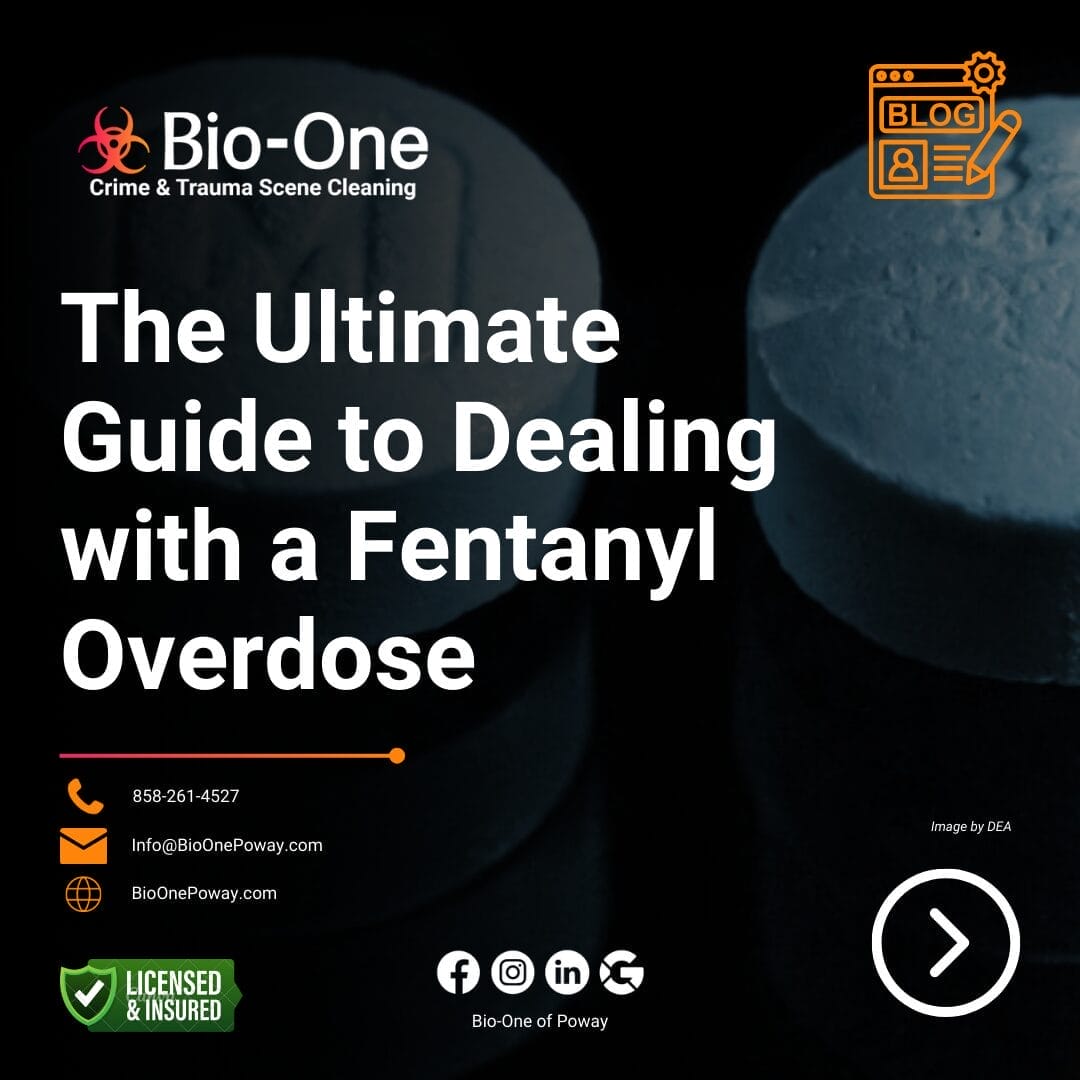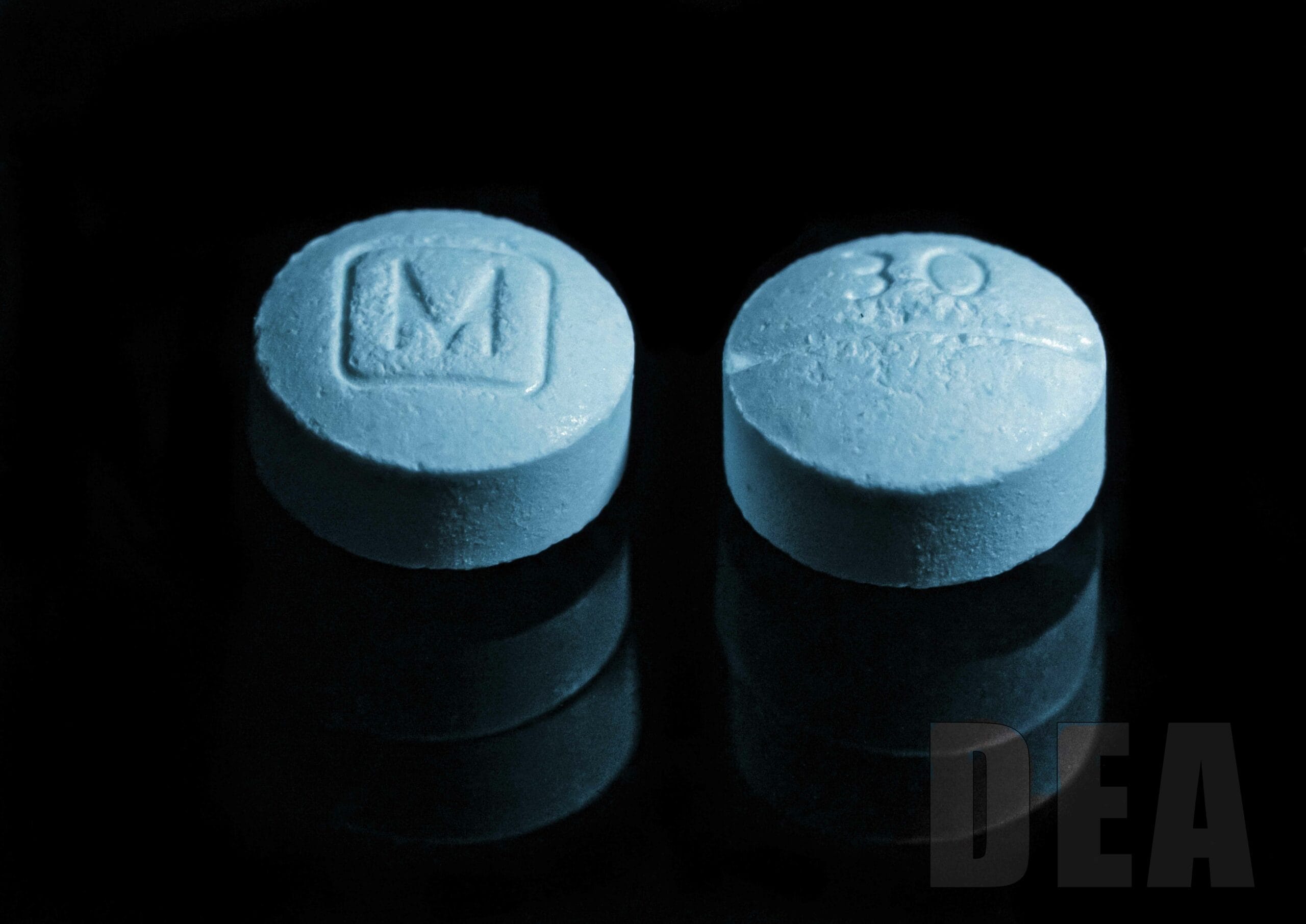
Fentanyl has cemented its place in public discussions and health emergencies due to its potency and contribution to the opioid crisis. The potential for accidental overdose, whether through the mismanagement of prescribed medication or exposure to illicit sources, is a stark reality for first responders, caregivers, and the general public. How can we be prepared to act swiftly and decisively in the face of a fentanyl overdose? This comprehensive guide details the steps to recognize, respond to, and prevent accidental fentanyl overdoses.
Opening the Curtain on Fentanyl's Potent Peril
Fentanyl, a member of the opioid family, is known for its staggering potency. It is often used under strict medical supervision for severe pain, and variants sourced illegally are a contributing factor to the overdose epidemic. With its strength comes significant risk, as even small amounts can lead to life-threatening situations.

The Danger of a Single Dose
To put it into perspective, fentanyl is 50 to 100 times more potent than morphine and can be more potent still compared to heroin. These numbers mean that the difference between a standard dose and an overdose is often measured in micrograms, highlighting the peril of any miscalculation or misjudgment in handling the drug.
The Lethal Lure of Illicit Variants
Fentanyl and its analogs are frequently encountered in street drugs such as heroin, cocaine, and counterfeit pills. Consumers are often unaware of the drug's presence until it's too late, making such drugs a lethal lottery for individuals seeking a high or relief from pain.
Identifying an Overdose Situation
Recognizing a fentanyl overdose is paramount to its successful intervention. Familiarize yourself with the following signs and symptoms, which can be telltale indicators of an opioid overdose.
The Indicators of Overdose
- Slow or Stopped Breathing: Opioids suppress the respiratory system, so if someone is breathing very slowly or has stopped altogether, this is an emergency.
- Blue Lips and Fingertips: Due to lack of oxygen, the person’s extremities might turn blue.
- Unresponsiveness: In cases of overdose, the individual may be difficult to wake up or may not respond at all to stimuli.
- Shallow Breathing: This can include incomprehensibly shallow breaths or, in some cases, gurgling or choking sounds.

Immediate Action Plan
Upon observing signs of a possible fentanyl overdose, swift and judicious action is crucial. Here's what you need to do:
Step-by-Step Response
- Call 911: The most important step is to seek professional help. Don't hesitate to make that emergency call, and be prepared to provide accurate location details.
- Administer Naloxone: If available, administer naloxone, an opioid antagonist that can reverse the effects of an overdose. Remember that naloxone is not a substitute for immediate medical care.
- Provide Rescue Breathing: Maintain the person's airway, check for breathing, and administer rescue breaths as necessary to support their respiratory function.

The Naloxone Administration Handbook
Naloxone is a life-saving medication that can be administered through different routes. Here's a breakdown of the methods, along with guidelines for each.
Nasal Spray
- Prepare the Spray: Remove the naloxone from its packaging. If there is a cap, remove it.
- Position the Person: Lay the person on their back and look for the nostrils. When possible, use the opposite nostril for each dose.
- Administer the Dose: Insert the tip of the applicator into the nostril and press the plunger firmly to release the spray.
- Recovery Position: Place the individual in the recovery position to prevent choking if they vomit.
Intramuscular Injection
- Prepare the Injection: Follow the manufacturer's instructions for preparing the injection. Common forms of intramuscular naloxone are pre-filled syringes with a needle or auto-injectors.
- Select the Site: The thigh is the recommended location for the injection.
- Administer the Dose: Hold the syringe or auto-injector firmly against the thigh. If using a syringe, insert the needle fully and push the plunger until the injection is complete. If using an auto-injector, follow the supplied instructions.
- Recovery Position: Place the individual in the recovery position, similar to the nasal spray administration.

Disclaimer: The information provided in this document is intended for educational purposes only and should not be considered professional medical advice or a substitute for consultation with qualified healthcare professionals. We are not emergency responders or medical professionals. The use of naloxone and the practices described herein are based on current knowledge surrounding the response to opioid overdoses, specifically involving fentanyl.
Post-Overdose Protocol
Even after administering naloxone, the immediate moments following an overdose are critical. Here's what you should do while waiting for emergency services to arrive:
Stay Calm and Observant
- Stay With the Person: It's essential to monitor their condition and continue providing support until professional help is available.
- Watch for Relapse: The effective window for naloxone can vary, and a person may "re-overdose." Be prepared to respond appropriately if the signs reappear.
- Document the Event: Note the time of the overdose and the time and dose of naloxone administration. This information will aid medical responders.
- Prepare the Area: Clear the area to provide responders with easy access. If the person is in a bed, consider moving them to the floor to make respiration monitoring easier.
How Bio-One of Poway Can Help
In the aftermath of a drug overdose, it's vital to address any potential biohazards. In addition to providing professional crime scene cleanup services, Bio-One of Poway also offers hoarding cleanup and other specialized services that may be necessary in these situations. We are proud to serve all areas of San Diego County, CA. Our team is available 24/7!


